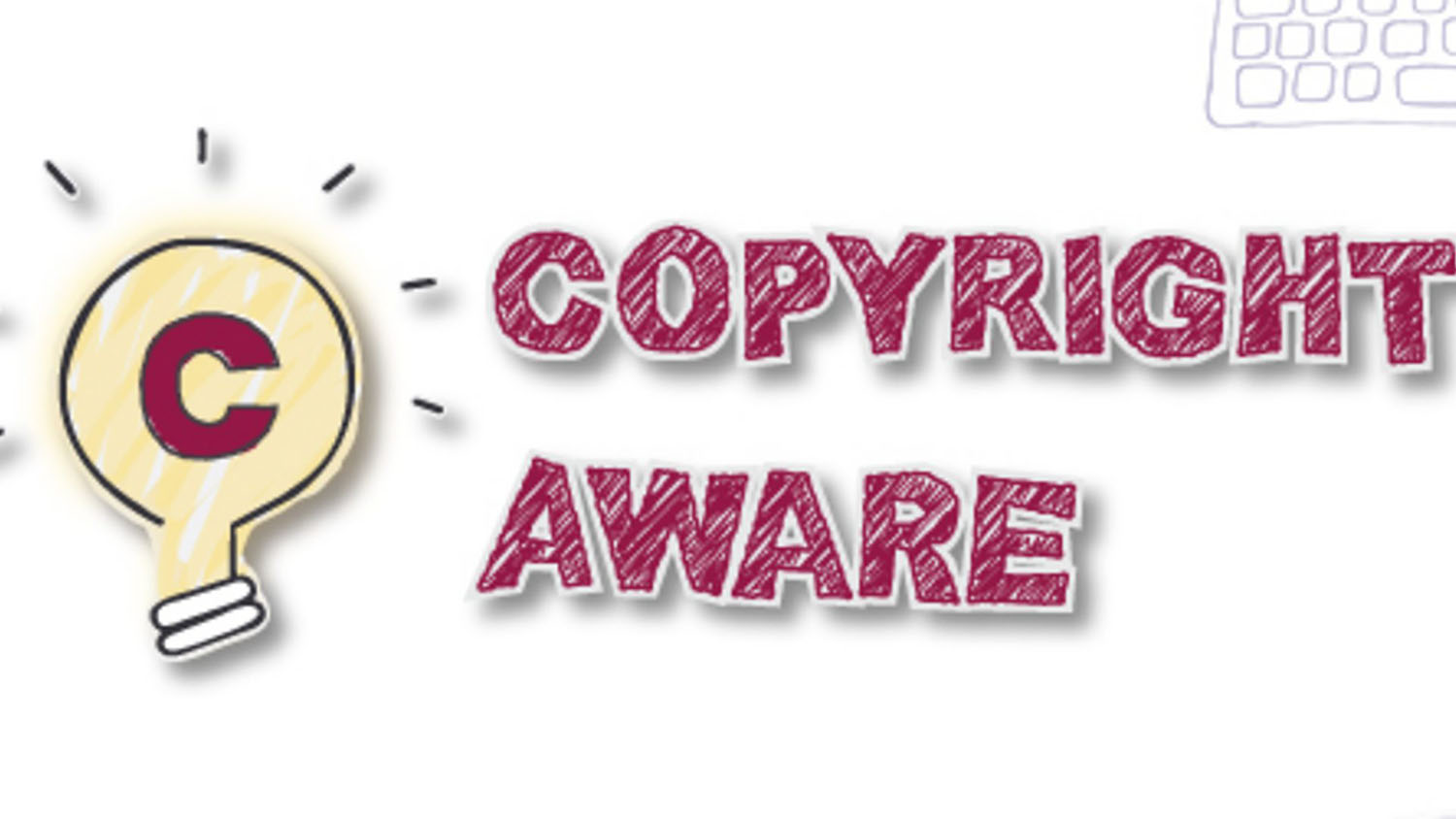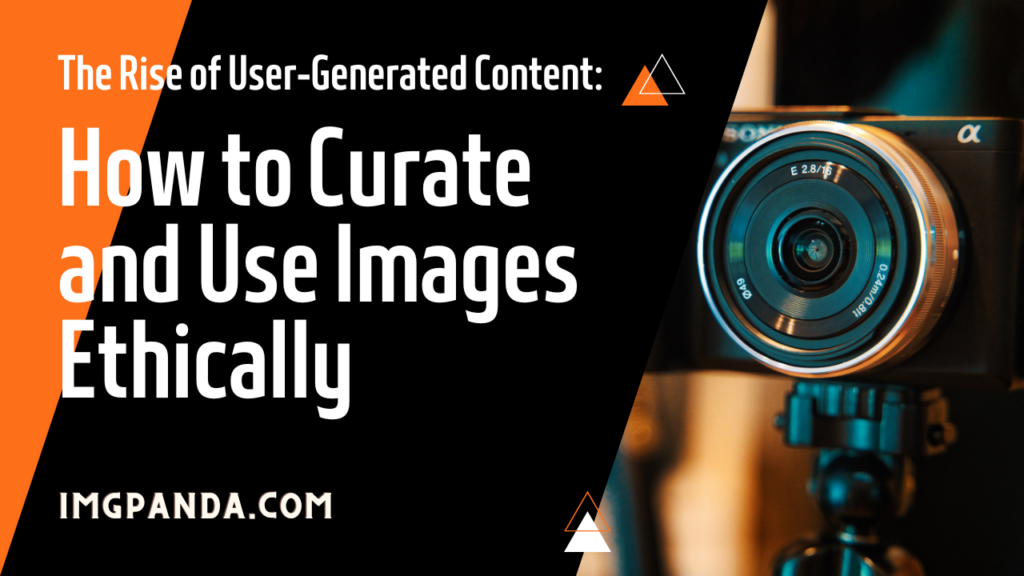Warning: Undefined array key 8 in /home/imgpanda.com/public_html/wp-content/themes/astra/template-parts/single/single-layout.php on line 176
Warning: Trying to access array offset on value of type null in /home/imgpanda.com/public_html/wp-content/themes/astra/template-parts/single/single-layout.php on line 179
Introduction:
User-generated content (UGC) has become a powerful force in the digital landscape, with social media platforms and websites relying on their users to generate content for them. UGC can take many forms, but images are one of the most popular types of content shared by users. While the availability of UGC images provides many benefits, such as increased engagement and authenticity, it also comes with the responsibility to curate and use these images ethically.
In this article, we will discuss some tips on how to curate and use UGC images ethically, including obtaining proper permissions, giving credit, avoiding offensive or sensitive images, being aware of copyright laws, and considering the context in which the image is being used. By following these guidelines, you can ensure that your use of UGC images is responsible and respectful of the creators and owners of the content.
Also Read This: How to Determine if Someone Has LinkedIn Premium and What Profile Features to Look For
Obtain proper permissions:
Obtaining proper permissions is a crucial step in curating and using UGC images ethically. It is important to remember that just because an image is available on the internet does not mean it is free to use. In order to use a UGC image, you must obtain permission from the creator or owner of the image. Here are some ways to obtain proper permissions:
[caption id="attachment_193240" align="alignnone" width="1500"] Obtain proper permissions[/caption]
Obtain proper permissions[/caption]
Reach out to the creator directly: If you come across a UGC image that you would like to use, reach out to the creator directly to request permission. This can be done through direct messaging on social media or through email. Be sure to clearly explain how you intend to use the image and ask for permission to use it in that specific context.
Use a platform that facilitates obtaining permissions: There are several platforms available that help facilitate the process of obtaining permissions for UGC images. Some examples include permission management tools like LicenseStream or Creative Commons, which provide a range of permissions for content creators to choose from.
Use images with open licenses: Some UGC images are available for use under open licenses, such as Creative Commons licenses. These licenses provide specific guidelines for how the content can be used, and in some cases, permission is automatically granted to use the content under certain conditions. However, it is still important to read and understand the terms of the license before using the image.
By obtaining proper permissions, you can ensure that you are using UGC images ethically and avoiding any potential legal issues or conflicts.
Also Read This: How to Access YouTube in Pakistan Using Dailymotion Video Instructions
Give credit where credit is due:
Giving credit to the creator or owner of a UGC image is an important aspect of using these images ethically. Not only is it a sign of respect for the creator, but it also helps to avoid any potential copyright issues. Here are some tips for giving credit:
- Include the creator's name: When using a UGC image, be sure to include the creator's name in the caption or watermark. This helps to clearly identify the creator of the image and gives them credit for their work.
- Provide a link to the original source: Including a link to the original source of the UGC image can help to direct traffic back to the creator's page or website. This can also help to promote their work and increase their exposure.
- Use a Creative Commons license: If the UGC image is available under a Creative Commons license, be sure to follow the guidelines for attribution specified in the license. This may include providing a specific attribution format or including a link to the license.
By giving credit to the creator or owner of a UGC image, you can help to ensure that their work is properly recognized and respected.
Also Read This: Understanding Is It OK for You and How to Use It Correctly
Avoid using images that may be sensitive or offensive:
When curating UGC images, it is important to be mindful of images that may be sensitive or offensive to certain individuals or groups. Using such images can cause harm or offense, and may damage your reputation as well. Here are some tips to avoid using sensitive or offensive.
Also Read This: How to Upload Voice Memos to YouTube Quick Instructions
UGC images:
Consider the context: When selecting UGC images, think about the context in which they will be used. Consider whether the image could be considered sensitive or offensive in that context, and avoid using images that may be inappropriate or harmful.
- Use common sense: Use common sense when selecting UGC images. Avoid images that are likely to offend or be seen as insensitive, such as images of violence, hate speech, or discrimination.
- Seek diverse representation: When curating UGC images, seek out a diverse range of images and representation. This can help to avoid stereotyping or tokenization, and can help to promote inclusivity and respect.
- Consult with others: If you are unsure whether a UGC image is appropriate to use, consult with others to get their perspective. This can include colleagues, friends, or members of the community who may be affected by the image.
By avoiding sensitive or offensive UGC images, you can help to create a respectful and inclusive environment, while also avoiding potential legal or reputational issues.
Also Read This: How to Make Spiderman Web Shooters That Work
Be aware of copyright laws:
When curating and using UGC images, it is important to be aware of copyright laws to ensure that you are not infringing on anyone's rights. Copyright laws give the creator of an original work the exclusive right to use, distribute, and profit from their work. Here are some tips to keep in mind when it comes to copyright laws:
- Only use images that you have the rights to: Make sure that you have the rights to use a UGC image before using it. This means obtaining permission from the creator or owner of the image, or ensuring that the image is available under a Creative Commons license.
- Understand fair use: Fair use is a legal doctrine that allows for the use of copyrighted material for certain purposes, such as criticism, commentary, news reporting, teaching, scholarship, or research. However, fair use is a complex issue and should be carefully considered before using copyrighted material.
- Obtain a license: If you are unable to obtain permission to use a UGC image, consider obtaining a license. This can be done through stock photo websites or other licensing platforms.
- Be aware of international copyright laws: Copyright laws vary by country, so be aware of the laws in the country where the UGC image was created or where you plan to use it.
By being aware of copyright laws and following best practices for using UGC images, you can avoid legal issues and respect the rights of content creators.
[caption id="attachment_193241" align="alignnone" width="1500"] Be aware of copyright laws:[/caption]
Be aware of copyright laws:[/caption]
Also Read This: Does Storyblocks Footage Come in 24p Format for Video Projects
Consider the context in which the image is being used:
When curating and using UGC images, it is important to consider the context in which the image is being used. The context in which an image is used can greatly impact its meaning and interpretation. Here are some tips for considering the context when using UGC images:
- Think about the audience: Consider who your audience is and how they may interpret the image. If the image is likely to be misinterpreted or offend your audience, it may be best to choose a different image.
- Consider the message: Think about the message that you are trying to convey and how the image fits into that message. Make sure that the image supports the message in a positive way.
- Avoid using images out of context: Using an image out of context can change its meaning and potentially offend or mislead your audience. Make sure that the image is relevant and appropriate for the content it is being used with.
- Be sensitive to cultural differences: Different cultures may interpret images in different ways. Be sensitive to cultural differences and avoid using images that may be offensive or insensitive in certain cultures.
By considering the context in which UGC images are being used, you can ensure that they are used appropriately and effectively. This can help to avoid misunderstandings and promote positive communication.
Also Read This: Can You Stream and Receive Donations if Demonetized on YouTube
Pros And Cons:
| Pros | Cons |
|---|---|
| Access to a large variety of high-quality images | Risk of copyright infringement or legal issues |
| Increased engagement and interaction with audience | Difficulty in obtaining permission to use images |
| Authenticity and relatability to audience | Risk of using sensitive or offensive images |
| Opportunity to promote user-generated content and increase community involvement | Time-consuming process of curating and obtaining permission for UGC images |
| Cost-effective compared to traditional stock images | Potential negative impact on reputation if ethical considerations are not followed |
| Potential for viral marketing and increased visibility | Need to properly attribute and give credit to creators or owners of UGC images |
| Flexibility to adapt to changing trends and interests | Potential misinterpretation or misuse of UGC images if used out of context or without proper consideration of the audience and message |
Overall, curating and using UGC images ethically can offer many benefits, such as increased engagement and authenticity, cost-effectiveness, and the potential for viral marketing. However, it is important to be aware of the potential challenges and risks, such as copyright infringement, the need for permission and attribution, and the potential for misuse or offense. By carefully considering the pros and cons and following ethical guidelines, businesses and individuals can effectively utilize UGC images to enhance their messaging and branding efforts.
Also Read This: Fixing Web Page Blocks by Fortiguard Downloader
Conclusion:
In conclusion, user-generated content (UGC) images have become increasingly prevalent in today's digital landscape, offering businesses and individuals access to a diverse range of high-quality, authentic, and cost-effective visual content. However, with this rise in UGC usage, it is important to consider ethical considerations when curating and using these images.
Ethical considerations such as obtaining proper permissions, giving credit to content creators, avoiding using sensitive or offensive images, being aware of copyright laws, and considering the context in which images are being used can help avoid legal issues, promote positive communication, and respect the rights of content creators.
By following these ethical guidelines, businesses and individuals can effectively utilize UGC images to enhance their messaging and branding efforts, while also promoting a culture of respect and responsibility in the digital landscape.
FAQ:
What is user-generated content?
User-generated content (UGC) is any type of content, including images, videos, and text, that is created by users or consumers of a product or service, rather than the brand or company itself.
What are the benefits of using UGC images?
UGC images offer many benefits, including access to a large variety of high-quality images, increased engagement and interaction with the audience, authenticity and relatability to the audience, opportunity to promote user-generated content and increase community involvement, cost-effectiveness compared to traditional stock images, potential for viral marketing and increased visibility, and flexibility to adapt to changing trends and interests.
What are the risks of using UGC images?
The risks of using UGC images include the potential for copyright infringement or legal issues, difficulty in obtaining permission to use images, risk of using sensitive or offensive images, time-consuming process of curating and obtaining permission for UGC images, potential negative impact on reputation if ethical considerations are not followed, need to properly attribute and give credit to creators or owners of UGC images, potential misinterpretation or misuse of UGC images if used out of context or without proper consideration of the audience and message.
How can I obtain permission to use UGC images?
To obtain permission to use UGC images, you can reach out to the content creator or owner directly, use a UGC platform that has terms of service allowing for the use of UGC images, or use UGC images that have been released under a Creative Commons license.
What is the Creative Commons license?
The Creative Commons license is a type of license that allows content creators to release their work with certain permissions, allowing others to use and share their work under certain conditions.
How can I give credit to content creators when using UGC images?
You can give credit to content creators by including their name, username, or handle in the caption or on the image itself, linking back to their social media profile or website, or using a watermark or tag to give credit.
By considering these frequently asked questions and following ethical guidelines, you can effectively curate and use UGC images to enhance your messaging and branding efforts while promoting a culture of respect and responsibility in the digital landscape.
